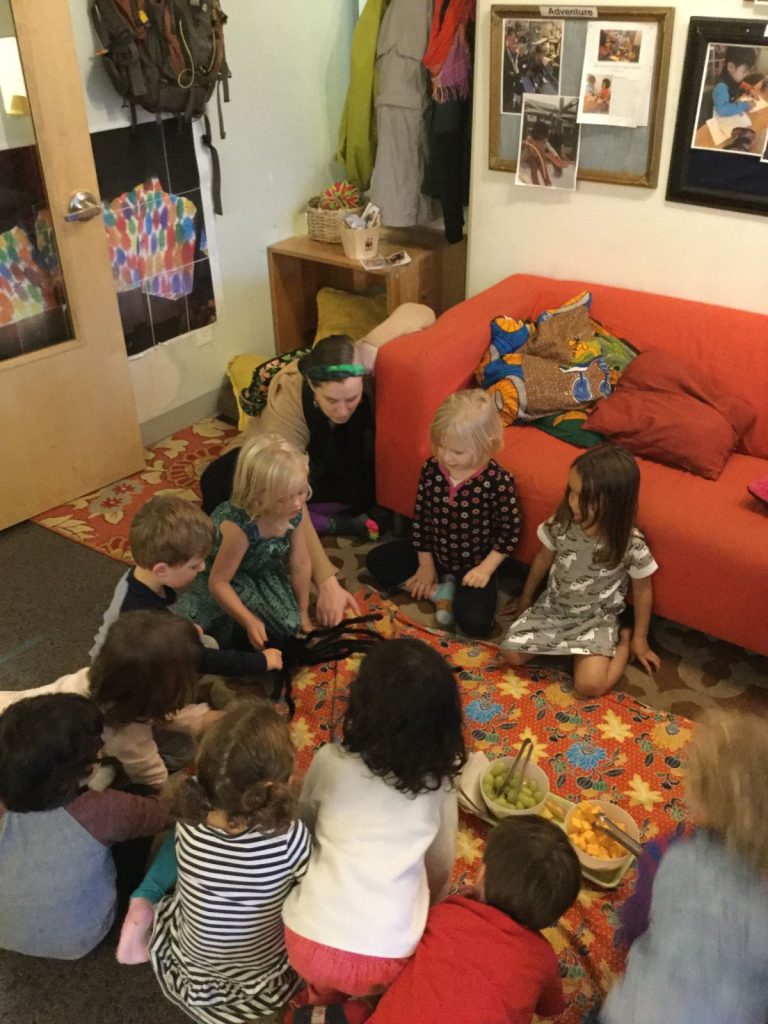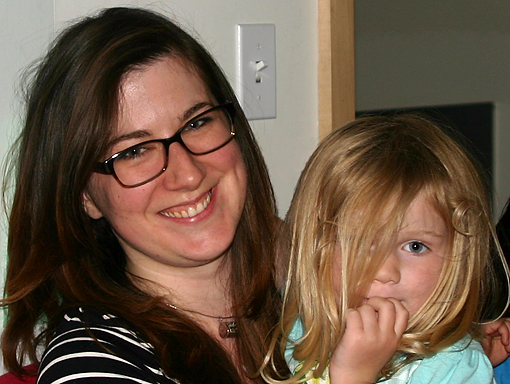
Sharks and Schemas
[et_pb_section bb_built=”1″][et_pb_row][et_pb_column type=”4_4″][et_pb_text _builder_version=”3.17.1″]
In the news this past winter, a cold snap off the coast of Cape Cod caused four sharks to literally freeze solid, washing up on the beach in a heartbreaking display of nature’s cruelty. Reading more about this, I asked myself several questions:
- Why didn’t the sharks migrate as it got colder?
- Do sharks migrate?
- Sharks are so big, how can they freeze to death so quickly?
Further reading helped me discover how this happened. Their gills, the source of oxygen to their body, froze so rapidly in the shallows of Cape Cod Bay, that they drowned.
Here’s why this information about sharks was so challenging for me. I’ve had some experiences with learning about, seeing, and building ideas about sharks, as most of us have. In the realm of educational philosophy, we call this building a “schema.” Schemas are the mental structures we build around things that we experience and learn about, starting simply and gaining complexity the more we learn. Everything we take in has schematic structures, and the more we learn about a given idea, the more complex and branched our structures will be. For instance, if you bring up a mental image of a shark, depending on your history with learning about and seeking out information on sharks, the broader and more types of sharks you’ll bring up in your mind’s eye. 
So, that means that the time I watched “Jaws” as a child built schemas that informed unfounded fears around sharks and their habit of eating people. I was left with the idea that sharks were giant, menacing, almost robotic in their quest for human lunch. My knowledge of them all but stopped there, leaving me with a laughably small pyramid of information that read something like: ocean, big, eats people.
How does this apply to my work in a classroom of ten three-year-olds? First, the kids in my classroom are fascinated with sharks. Second, although the kids haven’t yet had the singular joy of watching “Jaws,” they do have ideas about sharks biting or eating people, and whether from their play with each other or the influence of their caretakers, they’ve built schemas around sharks being a danger to their safety. Reading books about sharks with the children in my class has altered our schematic picture of sharks in our minds, in many ways. Finding out that humans are a much greater threat to sharks than they are to us has been illuminating and somewhat shocking. Additionally, making this recent discovery about the vulnerability of sharks in very cold water changes our concept of sharks as giant, powerful, and indestructible. My hope is to use my role as an emergent curriculum educator to help children build schemas – about sharks, and about lots of other things – through the use of information that challenges, offers a different perspective, or otherwise enhances the children’s original ideas.
It’s not hard to make the correlation between schema and another ’s’ word: stereotyping. Remaining open to new ideas and information that could challenge or make us question ourselves is so important. Our best learning happens in those moments of surprise, causing us to wonder if the information is accurate based on our previous ideas. I can’t help but wonder how the children could be altering their schemas around what it means to teach, when they are also a participant in this surprise and discovery, as well.
More info on Schema Theory: https://www.etsu.edu/fsi/learning/schematheory.aspx

Cassie T. is an educator with 2- to 3-year-olds at Hilltop Children’s Center.
Learning in relationship is one of the core values Hilltop aims to bring to life. Through support and organizational integrity, Hilltop is able to support educators and develop structures that enhance reflection and uphold program values. Interested in exploring such models? Join us for either a Study Day or a multi-day visit to Hilltop to see child-centered and reflective practice in action. Talk directly with program leaders and educators from Hilltop classrooms, witness real-life examples of successful long-term project work with young children and closely study and discuss effective structures for values-based Administrative Practices. For more info, email Mike at institute@hilltopcc.org or visit our website at https://hilltopcc.com/institute/inquiry-visit/
[/et_pb_text][/et_pb_column][et_pb_column type=”4_4″][/et_pb_column][/et_pb_row][/et_pb_section]
1 thought on “Sharks and Schemas”
Comments are closed.
Very cool, Cassie. Love these connections you are making with self-reflection on your own experience, consideration of learning theories like schema, and attention to stereotypes. Deb Curtis and Nadia Jaboneta have a new book on schemas coming out in the spring from Redleaf. I’ll forward this blog entry as I know they’ll love it.